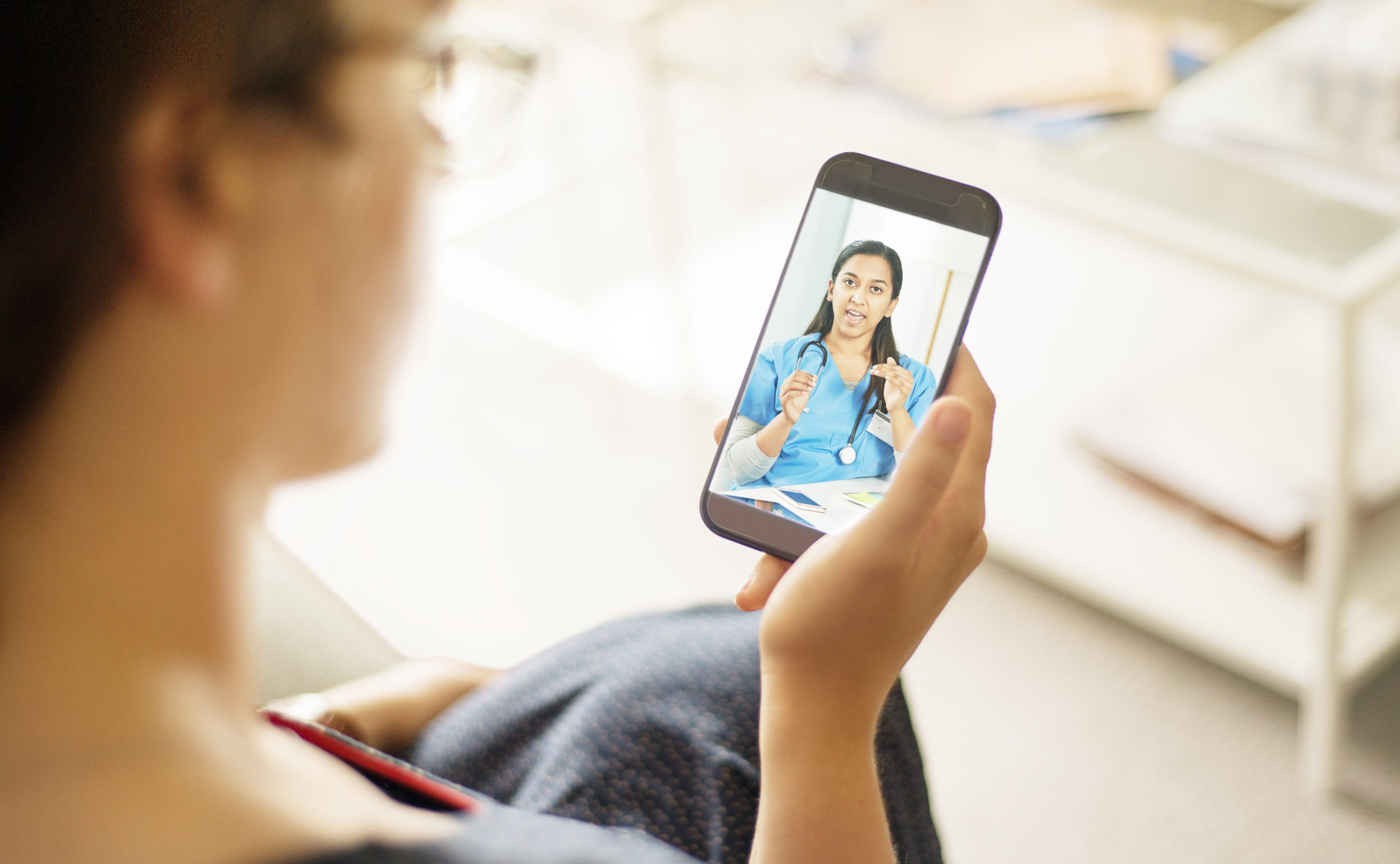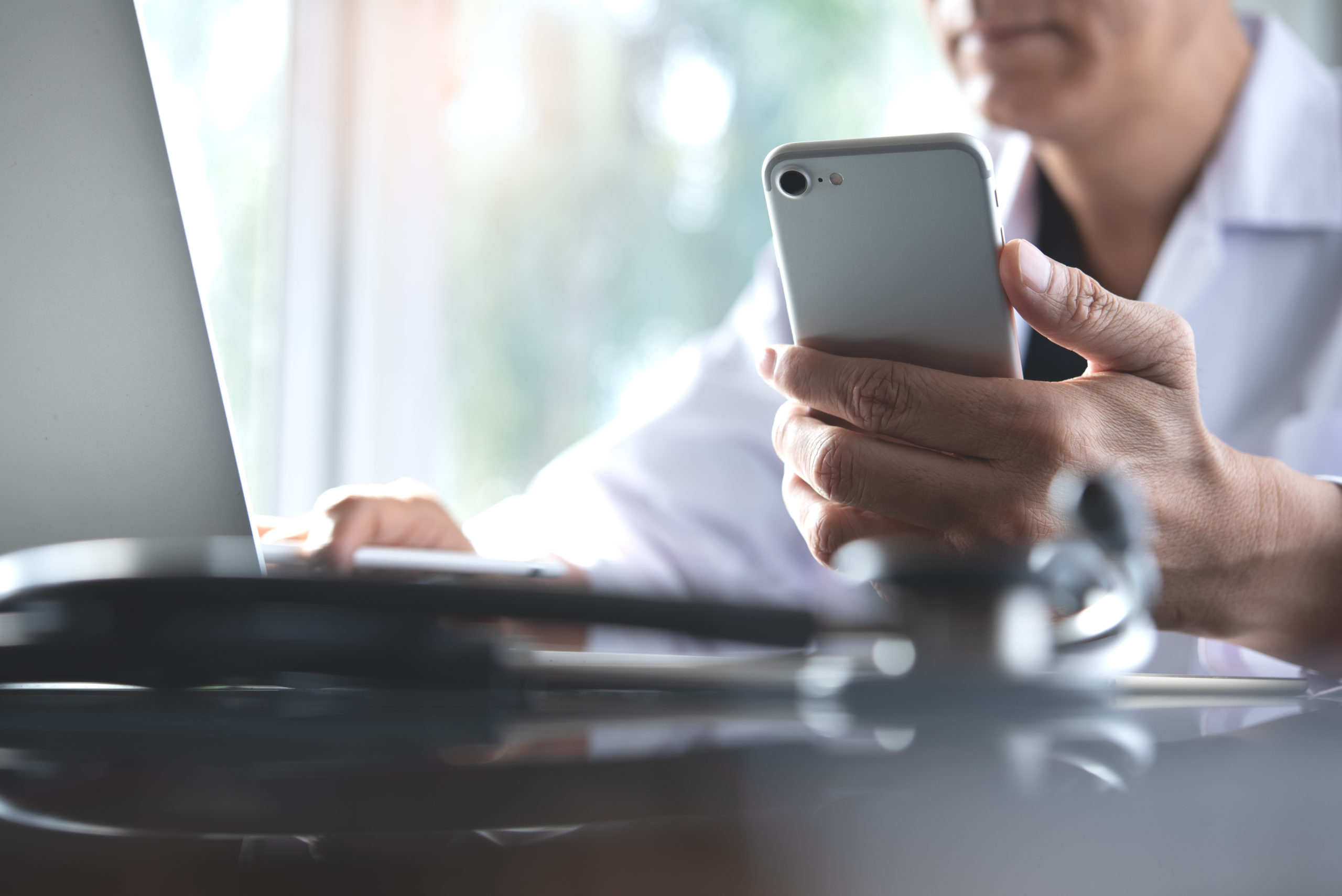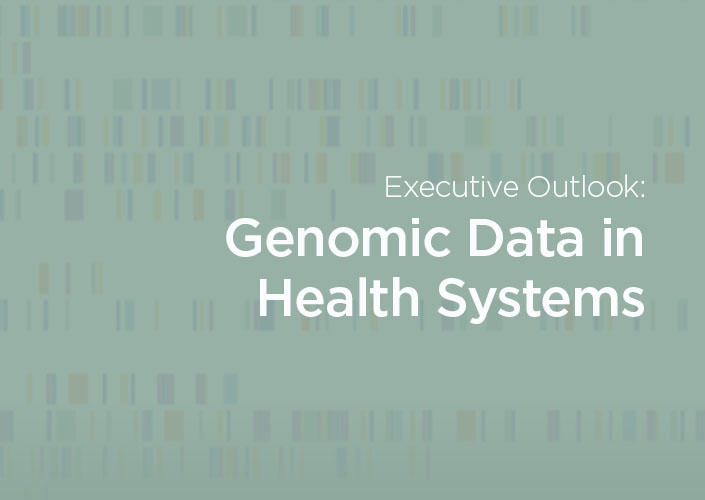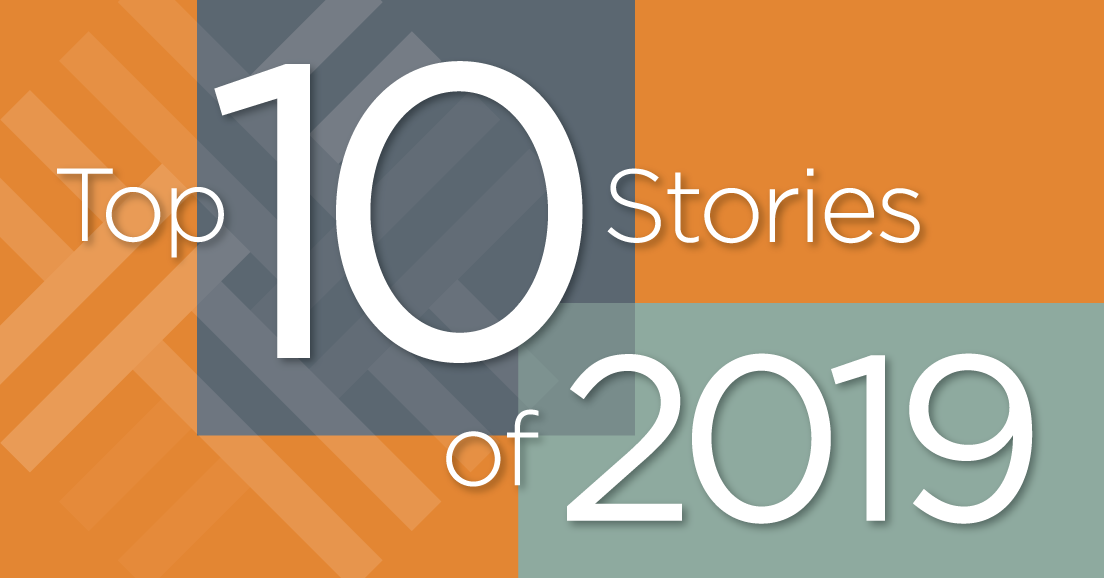CCM partner UPMC ramps up virtual care, with higher utilization likely to continue as crisis wanes
The use of telemedicine services increased at many health systems in the United States in 2020 and is likely to have long-lasting effects as more patients experience the ease and convenience of accessing care online.
Health systems were already planning and investing for increased use of telemedicine before COVID-19 radically changed the delivery of health care. Research published by the Center for Connected Medicine (CCM) prior to the pandemic showed most health systems had between one and three patient-facing digital health tools and were implementing such tools is to improve access to care through telehealth and e-visit capabilities.
With so much care moving online, this moment will likely be viewed as a major tipping point for health care’s embrace of digital health, including telemedicine. Providers and patients who were once reluctant to try telemedicine are discovering the convenience of the technology and will continue to use it once the crisis passes.
“Telemedicine has worked so well that it’s unlikely providers will switch back to the old way of performing medicine for certain patient populations post-crisis,” said Carla Dehmer, Director of Telemedicine at UPMC, a CCM partner.
“More patients will receive high quality care within the convenience of their own homes and be able to see their provider without having to find transportation, childcare, or time off work,” Dehmer continued. “The way we perform medicine will forever be changed.”
“MyUPMC is serving as the digital front door for our patients, which is now more important than ever” -Katie Scott, Vice President of Digital Strategy and Innovation at UPMC Enterprises
Demand for virtual visits skyrockets
Providers have rapidly scaled telemedicine offerings and are seeing 50 to 175 times the number of patients via telehealth than they did before COVID-19, according to a McKinsey report in late May. The firm suggests up to $250 billion of current U.S. health care spending could potentially be virtualized.
UPMC experienced a steep increase in telemedicine use by encouraging consumers to schedule appointments with their primary care physicians and specialists as video visits through MyUPMC. Even as the health system is reopening for in-person care, UPMC continues to focus on increasing engagement with MyUPMC, which has been the target a major upgrades in recent years.
While MyUPMC was already experiencing an uptick in activity on the platform before COVID-19, the shift to online care led a 200% increase in sign-ups for MyUPMC in April 2020 compared to April 2019.
“MyUPMC is serving as the digital front door for our patients, which is now more important than ever,” said Katie Scott, Vice President of Digital Strategy and Innovation at UPMC Enterprises, who is leading the technology enhancements for MyUPMC.
Before COVID-19, MyUPMC video visits were averaging 20 to 30 per day. At peak usage, the average had shot up to 5,000 to 6,000 a day. Inbound messages to providers via MyUPMC also increased significantly as more patients utilized the secure messaging function on the platform.
“We are providing a consumer-friendly platform that is making it easier and more convenient for patients to communicate with their providers and access care,” Scott said. “Now that patients are finding UPMC’s digital front door, we expect them to continue using MyUPMC at higher volumes post-COVID-19.”
Even as UPMC ensures it is safe for patients to return to its hospitals, outpatient centers, and physician offices, the health system is focused on maintaining engagement with its telemedicine platforms. Dr. Rob Bart, Chief Medical Information Officer of UPMC, told Becker’s Hospital Review he sees opportunities for growth in urgent care, post-operative and prenatal care.

UPMC-grown companies respond
UPMC Enterprises, the commercialization, venture capital, and innovation arm of UPMC, supports the health system’s innovation mission and has been involved in the response to COVID-19 through several portfolio companies.
Abridge, an app developer that allows patients to record medical conversations, Infectious Disease Connect (ID Connect), which provides infectious disease services via telemedicine, and Curavi Health, which provides geriatric telemedicine services in post-acute care settings, all facilitated digital care during COVID-19.
Abridge expanded to telehealth to better serve people who aren’t able to meet with their physicians face-to-face because of the COVID-19 pandemic. The app created by Abridge has been used by thousands of users to record conversations with their providers during office visits. Powered by artificial intelligence, the app generates after-visit summaries for users to review on their own, with family, or other caregivers.
However, as social distancing measures ramped up in response to COVID-19 and care shifted from in-person to telehealth visits, Abridge created a solution for some UPMC doctors to call their patients through an Abridge-enabled phone number, without any additional technology. With consent from both patient and physician, the calls are recorded by Abridge. Abridge automatically transcribes the conversations, and, using clinical natural language processing, key medical terms and instructions are highlighted for easy review and with helpful links to additional information.
After the call is over, the patient receives a text message from Abridge with information on how to access their summary via the Abridge app. For in-person or video appointments, users can access the Abridge app on their smartphones or tablets to record a physician visit.
In May, ID Connect combined with Merck’s ILÚM Health Solutions, a provider of technology and services to support infectious disease management, clinical decision-support, and precision antibiotic therapy. The expanded company now serves hospitals in nine states.
With ILÚM’s platform, ID Connect’s physicians and pharmacists receive real-time antimicrobial usage and resistance data from partner hospitals to help them select appropriate therapy, while managing costs, toxicity, and the potential for further resistance and transmission of infection. The ILÚM Insight software uses machine learning to evaluate a patient’s demographic factors, medication history, past hospitalizations and other data to generate individualized treatment recommendations.
Curavi serves 100+ skilled nursing and other post-acute facilities through customized telemedicine solutions. Through its platform, nursing home staff can connect with a physician for help with any clinical issues, including assessing whether a patient should go to the hospital.
Curavi’s clinicians worked around the clock to help users and keep nursing home residents in their facilities when that was the safest route for care. Recent changes to federal regulations in response to COVID-19 expanded access to telemedicine services, which allowed Curavi to implement a wide variety of portable telemedicine services into new facilities more quickly.
A national shortage of infectious disease specialists has created difficulty for many community and rural hospitals and health care facilities in recruiting and retaining physicians with infectious disease (ID) expertise. In addition, many hospitals do not need the services of a full-time ID specialist. Recognizing this need, ID Connect provides world-class, academic ID expertise through an end-to-end telemedicine solution – which became a vital solution during COVID-19.
Learn more about digital tools
Watch our webinar on-demand and hear from health system and technology leaders about how providers are leveraging digital tools as in-person services expand.
Download the CCM’s research report, “The Future of the Digital Patient Experience,” to learn more about health system priorities for digital tools and where they are investing.
See key findings from the research in an infographic and read an executive response to the research findings.



